Interpreting Media Constructions of Samsui Women in Singapore
Lee Kong Chian Research Fellow Kelvin E.Y. Low considers the different ways in which samsui women are remembered in media constructions.1
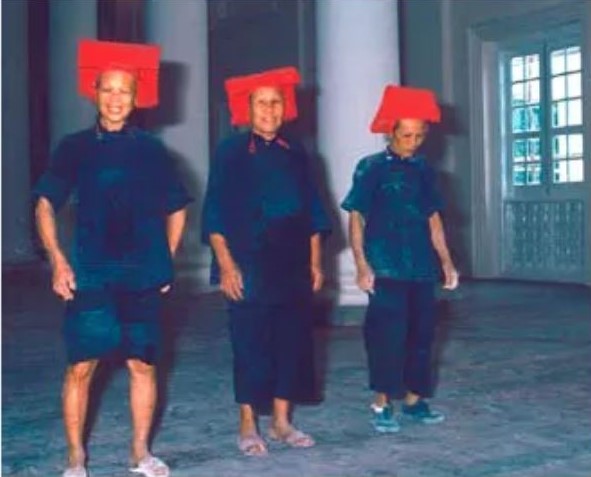
Introduction
Migrating from southern China to Singapore in the early decades of the 20th century, samsui women have been routinely portrayed throughout Singapore’s history as among its pioneers who played a part in the building of the nation. In many avenues of social memory production based on samsui women, they have, more often than not, been presented in various ways as “pioneers”, “feminists” and “Cantonese women” who are set apart from other Chinese females in relation to their qualities of thrift, resilience and independence.
This paper discusses the different means through which these women are remembered vis-à-vis media constructions found in such examples as newspaper reports and popular history books. These constructions of samsui women’s experiences are limited in view of their neglect of other dimensions in their everyday life experiences. Further issues are raised with regard to the need to reflect upon other avenues of memory-making in which we receive knowledge about these women, as well as how they are being remembered in both past and present contexts.
Samsui Women – A Brief Background
Samsui women, or hong tou jin (literally “red headscarf”) (Lim, 2002), came from peasant families in the Samsui area of the coastal province of Canton (Guangdong today) in China (Tang, 1960). These women often helped out and toiled in the fields at a very young age, and hence were able to find work at construction sites in Singapore when they left their homeland. This was primarily a result of the Alien Ordinance imposed on Singapore (then part of the Straits Settlements) by the British, which saw many samsui women migrating to Singapore in the 1930s (Lim, 2002). A quota was imposed on the numbers of male migrants entering Malaya, whereas no restrictions were enforced upon female migrants.
Samsui women went through a sui haak (middlemen) before securing a job in the building and construction industry overseas. One samsui woman would paid 30 dollars to a sui haak to help her make the necessary arrangements to work overseas, which covered the fare for her journey, food and other migration procedures (Lim, 2002, p. 231). Tang (1960) estimates that between 1934 and 1938, about 190,000 women from China migrated to Malaya, and samsui women formed part of this wave of female migrants.
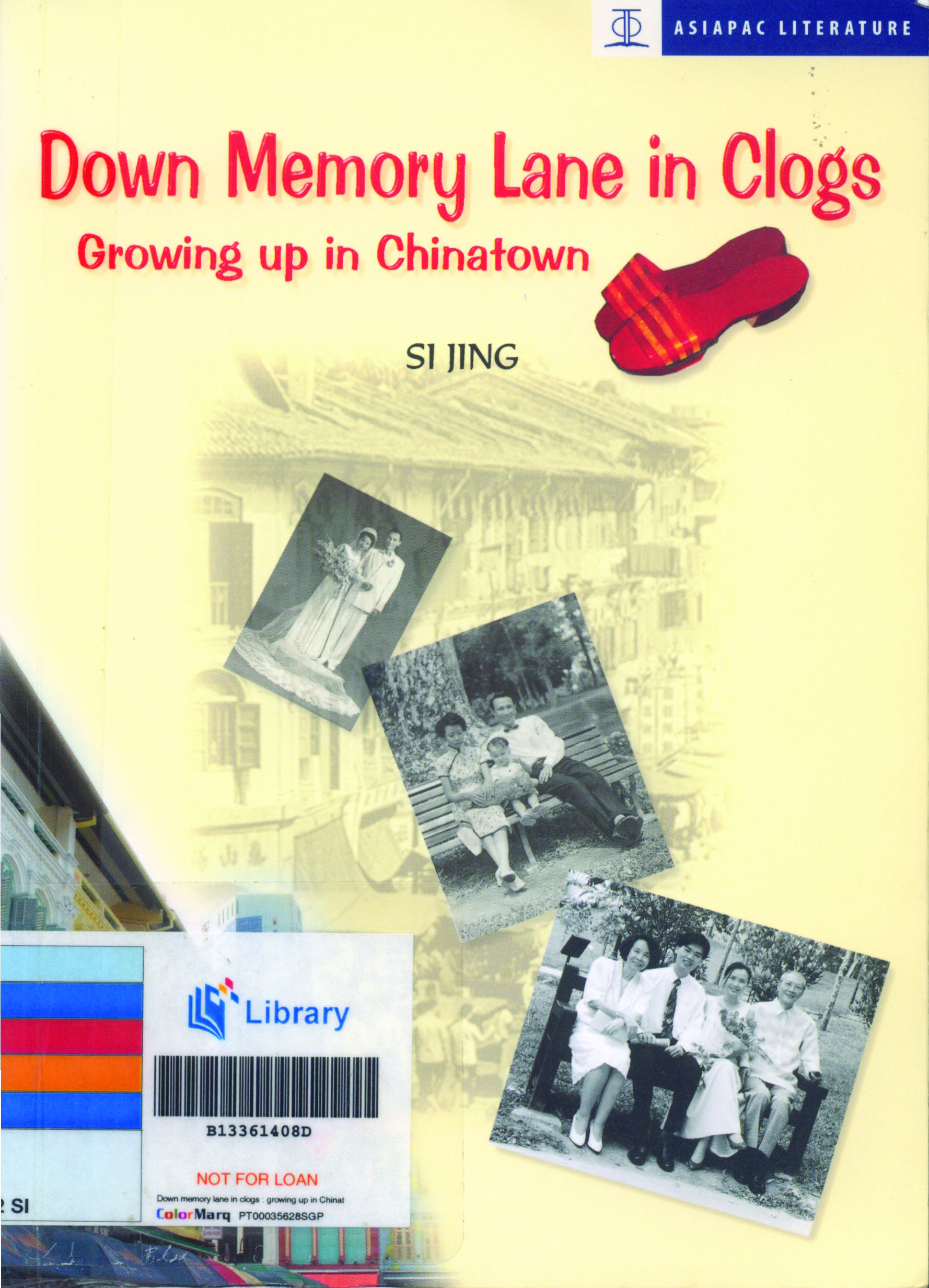
The samsui female labourer was easily recognised and singled out by her distinctive red cloth headgear, black tunic and black pants (samfoo) which she wore to work every day (Lim, 2002, p. 230). Although the exact reason for donning the headgear is hitherto debatable, it is surmised that the first woman to wear it was Su Tong Po’s mistress in the Hakka district of China, by the name of Chao Yun (Lim, 2002). Through the passing of time, the headgear was adopted as the traditional headgear of Hakka women, who took along this tradition with them as they migrated south from China. Working alongside these Hakka women, samsui women also began to put on the red headgear to work. However, Lim (2002) points out that this account remains contested, and that the real reason and motivation for wearing the headgear is still not known.
Samsui women migrated to Singapore in the 1920s and 1930s. Some of them remained in Singapore, while others either passed on or returned to Samsui. In order to interpret media constructions of samsui women, the ensuing section will elucidate upon the ways through which these women are remembered vis-à-vis media memory-making channels.
Cantonese/Samsui Women

Hailing from the Samsui province in southern China, the women who typically worked in the construction industry are usually termed as samsui women, although some writers have pointed out that not all women who worked on construction sites came from Samsui. For instance, Chin and Singam note:
A similar observation is also made by Yip:
A more interesting point to note with regard to samsui women is their membership in the dialect group of the Cantonese. Framed as a “different and markedly independent category of Chinese women from the south” (Chin & Singam, 2004, p. 105), Cantonese women were known to be highly independent and feisty, and refused to or rarely married (Chiang, 1994; Gaw, 1988; Samuel, 1991; Stockard, 1989; Tan, 1990; Topley, 1959).
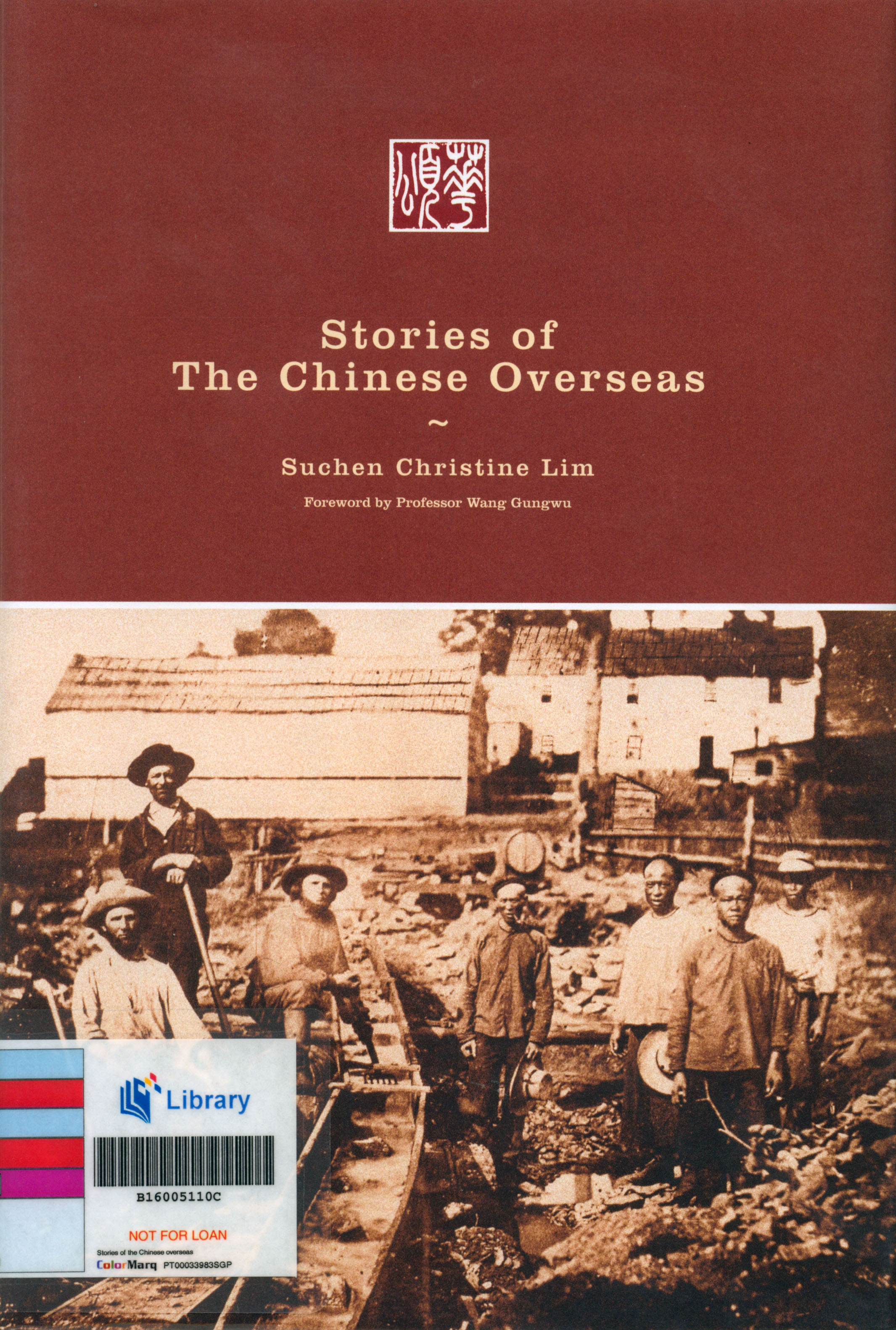
Along the lines of highlighting their Cantonese origin (see also Kong et al., 1996), samsui women are also typically presented as emerging triumphant from hardships back in China, toiling in the fields, dealing with useless, opium-addicted husbands who were match-made to them in their teens, and being singled out as “strong-willed” (Lim, 2005, p. 141) or resilient (Chin & Singam, 2004). Having framed samsui women as a group of independent Cantonese womenfolk, this approach becomes a useful resource for another level of representation, that of presenting them as “pioneers” and “feminists”, which I address next.
“Pioneers” and “Feminists”
Given the atypical work position of samsui women who toiled alongside men in the construction industry (and in other occupations), these women are often lauded and highlighted for their contributions to the physical infrastructure of Singapore’s built environment, so that “they are not forgotten as the early builders of our nation” (Chan, 2005, p. 59). Their roles in construction work see them involved in constructing landmark buildings such as, among others, Alexandra Hospital (Partridge, 1998), Meritus Mandarin Hotel and Singapore Conference Hall, the last of which “is a site they helped erect way back in the 1960s” (Tan, 2003). Related to their pioneer status is that of claiming them as “Singapore’s first Asian feminist” (Tan, 2003) or “alpha women of yesteryear” (Yip, 2006, p. 41). Tan (2003) notes:
Their link to feminism has also received a nod from former Nominated Member of Parliament, Kanwaljit Soin, who praised samsui women at a Lunar New Year lunch:
Similarly, samsui women have also been mentioned by another former Nominated Member of Parliament, Braema Mathiaparanam, who urged that some form of commemoration of these women should be carried out on National Day in order to remember their contributions.2
Apparently, the term “samsui women” hangs easily with those who talk about them as “pioneers” or “feminists”. Yet, such passing reverence or remembrances of these women are but limited glimpses of what we know about them and their life experiences. I discuss this further below, where I point out the utilisation of these terms upon the women by both the state and other institutions in furthering certain aims and goals.
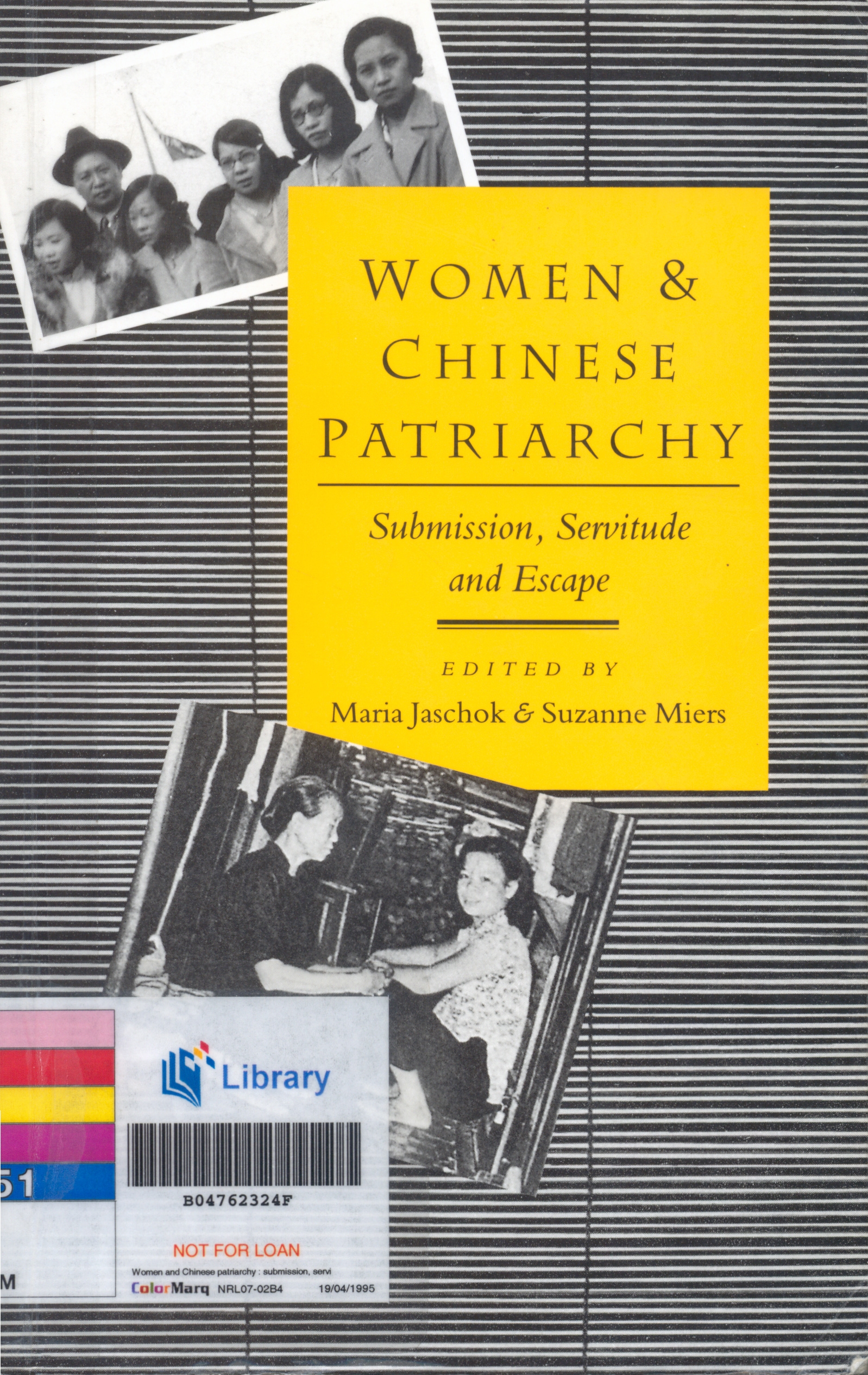
Elderly Women
Koo’s article, written based on two samsui women, tells of the women’s current position in their later years. Their frailty, vulnerability and helplessness are highlighted. The first samsui woman is Gui Jie, who was 92 at the time of the interview with Koo. She describes Gui Jie:
The other samsui woman is Di Jie, who was three years younger:
It is clear from Koo’s description of these two samsui ladies that she frames their current situation in a helpless and hapless manner, iterating their transition from being sturdy female construction workers to physically challenged elderly with little or no support.3
Similarly, in a local newspaper article, another samsui woman was mentioned as a recipient of home care help from a local organisation:
Additionally, samsui women have often been highlighted in the media as recipients of aid in various forms from charitable associations, receiving free medical checkups, being treated to Lunar New Year dinners and other special functions, among others (see Kee, 1996; Luo, 2005; Ramesh, 2006).4 In spite of their frailty, which is clearly a marked contrast from their earlier years, these women have often been presented as always incorporated into and remembered or noted and honoured for their contributions by society through such events as the Lunar New Year festivities, when special meals were provided for them.
Overlapping Identities
In the preceding three sections, I have demonstrated how samsui women are presented through the categories of Cantonese migrant women, pioneers and feminists, and elderly in need of help. I indicate here a combination of some if not all of these categories to illustrate how their identity has been presented in the media as a kind of template which has been developed and put together from the previous three categories of identity production.
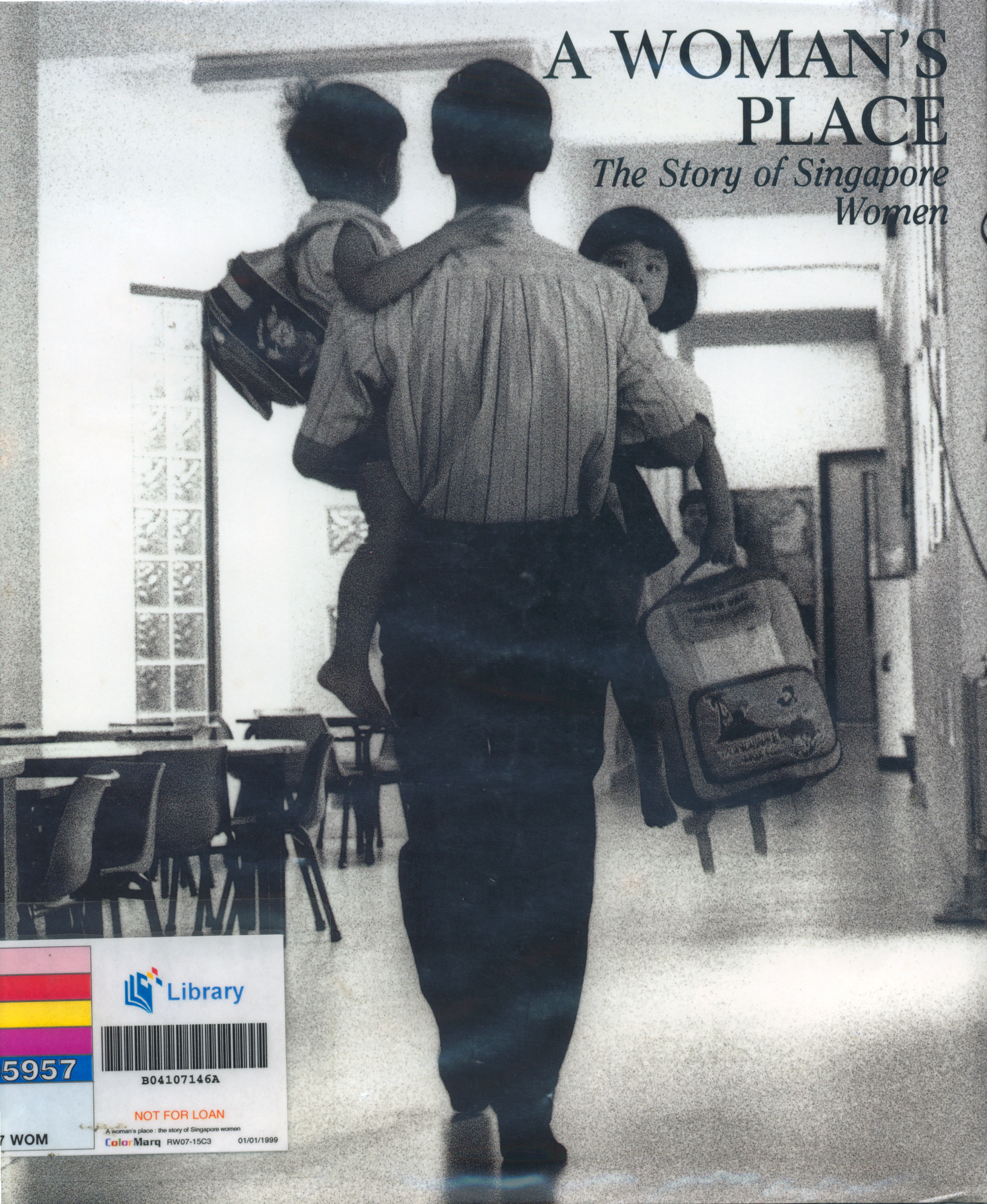
In the chapter, “Older Women: Planning for the Golden Years”, in A Woman’s Place: The Story of Singapore Women (Wong & Leong, 1993), samsui women have been described as follows:
Similar descriptions can be found in another piece of writing produced by the Singapore Contractors Association Ltd (SCAL), titled “Tribute to our History”:
After having been praised for the work that they did, these women were further described as elderly in need and receipt of social assistance in contemporary times:
Finally, in the conclusion of the article, the women are recognised for their contributions and position in the history of Singapore’s construction:
These quotes point to a combination of varying identities of samsui women in media memory-making. Similar issues concerning their reasons for migrating, struggling against a series of hardships, eking out a living in Singapore as construction workers and, finally, retiring on social welfare, become generalisations of how the history and memory of samsui women as a collective are remembered. However, many other experiences of samsui women are left unheard.
My research, which includes volunteer work with samsui women and other elderly, archival research, as well as speaking with (the adopted) kin of these women (see Low, 2007), indicate that they were more than just Chinese female migrants who toiled at construction sites and either went back to China to retire, or remained in Singapore. Some samsui women also worked in other occupations, as rubber factory workers and domestic helpers, while others also adopted children, or got married. Other experiences of the women – including difficult times during the Japanese Occupation of Singapore in the early 1940s, travelling back to Samsui for a visit after a few decades (Lim, 1996), among others – remain untapped and allocated to the background of popular memorialisation processes. Similar experiences and narratives of a few samsui women5 may be gleaned below:
Other than these varied experiences which have not been substantively interpreted, it is also pertinent to probe into the various aims that motivate selective identity-representations of samsui women. For example, state remembrance of samsui women as pioneers and feminists reveal “claims” over these women in order to produce a heritage that Singaporeans can relate to. I discuss elsewhere, how samsui women have been appropriated in various ways through what I term “pioneer narratives”:
Such selective presentation of samsui women brings about limiting representations of their experiences, as Chang and Huang contend:
Presenting samsui women as pioneers is one issue. But framing them as feminists then becomes an appropriation of them as icons of female independence, hence adding favourably towards championing women’s rights and causes. I would also propose that such framing does not necessarily reflect upon all experiences of the women. As I have mentioned earlier, some of these women, for instance, were married and had children and grandchildren in Singapore.6
Concluding Remarks
It may be right to suggest that the direction of media constructions of samsui women has, as its template, the four identity-categories which appear to be presented as unchanging and permanent. In other words, the production of knowledge on samsui women seems to centre mainly on their pioneering contributions, right up to their present situation as elderly women in need of help. Beyond these constructions, it is important to consider other ways in which we remember or know about their experiences. Were there other points in their lives which brought about relocation or permanent settlement in Singapore? For example, the opportunity to return to Samsui at various points of their lives may have been a good or less desirable awakening, either in the form of a desire to return to their country of origin, or to realise, upon their return, that they no longer fit in with their familial members back in China. Keeping in mind these varying queries, it is thus crucial to manoeuvre ourselves beyond the four identity-categories and not to regard them as ideal representations of samsui women.
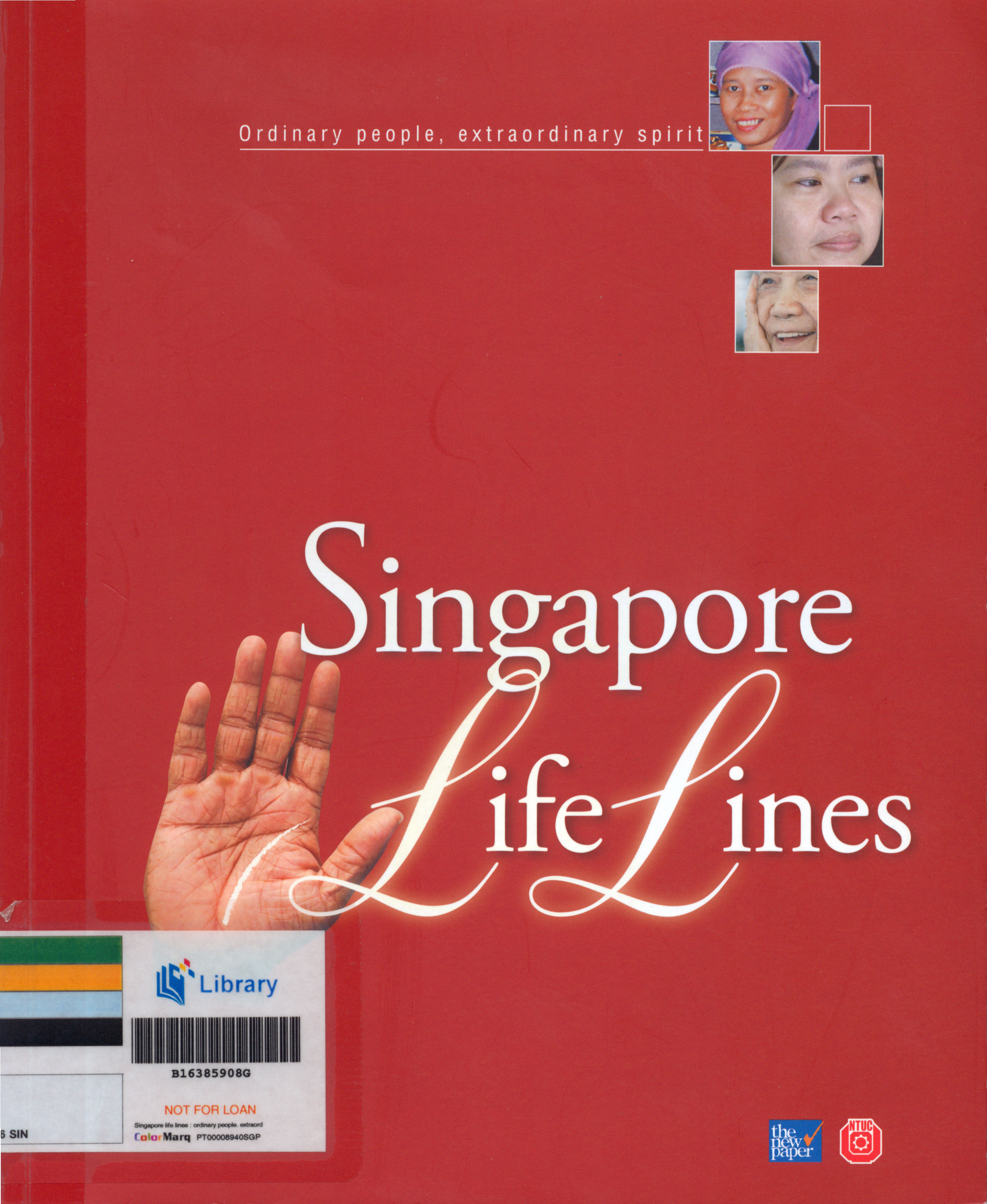
While some writings have emerged in recent years which provide a more in-depth engagement with the everyday life experiences of samsui women (for example, Low, 2005; Koo, 2006), more work of this nature needs to be produced in order to expand our knowledge concerning the life trajectories and experiences of samsui women.
Lee Kong Chian Research Fellow
National Library
REFERENCES
A. Yip, “Samsui Women (Heroines in Construction),” Asian Geographic 37, no. 4 (2006): 36–41.
Aline Wong and Leong Wai Kum, eds. A Woman’s Place: The Story of Singapore Women (Singapore: The PAP Women’s Wing, 1993). (Call no. RSING 305.42095957 WOM)
Allison Lim, “Samsui Women Return After Emotional Trip to China To Meet Friends and Relatives,” Straits Times, 27 October 1996, 31. (From NewspaperSG)
Audrey Chin and Constance Singam, Singapore Women Re-Presented (Singapore: Landmark Books, 2004). (Call no. RSING 305.4095957 CHI)
C.H. Tang, “The Cantonese Women Building Labourers: A Study of a Group of Sam-Sui Women in the Building Trade,” [Unpublished research paper, Department of Social Studies, University of Malaya in Singapore, 1960]
C.L. Low, “40 Cents Rich,” in Singapore Life Lines (Singapore: Singapore Press Holdings, 2005), 8–15. (Call no. RSING q179.6 SIN)
Chan Kwee Sung, One More Story To Tell: Memories of Singapore, 1930s–1980s (Singapore: Landmark Books, 2005). (Call no. RSING 959.5705092 CHA)
Chan Seet Fun, “She Ain’t Heavy* She’s My Mum,” Today, 12 August 2003, 24. (From NewspaperSG)
Claire Chiang, “Female Migrants in Singapore: Towards a Strategy of Pragmatism and Coping,” in Women and Chinese Patriarchy: Submission, Servitude, and Escape, ed. Maria Jaschok and Suzanne Miers (Hong Kong: Hong Kong University Press, 1994), 238–63. (Call no. RSING 305.420951 WOM)
Dhoraisingam S. Samuel, Singapore’s Heritage: Through Places of Historical Interest (Singapore: Elixir Consultancy Service, 1991). (Call no. RSING 959.57 SAM)
E.P. Koo, “Stories of Two Samsui Women,” Nagapuspa 6 (September–October 2006): 52–57. (Call no. RSING 294.305 N)
“Hongbao on Wheels Help Spread Festive Cheer,” Straits Times, 3 February 1997, 3. (From NewspaperSG)
Janice E. Stockard, Daughters of the Canton Delta: Marriage Patterns and Economic Strategies in South China, 1860–1930 (California: Stanford University Press, 1989)
Jeff Partridge, Alexandra Hospital: From British Military to Civilian Institution 1938–1998 (Singapore: The Hospital, 1998). (Call no. RSING 362.11095957 PAR)
Julie Kee, “New Welfare Home To Be Training Centre Too,” Straits Times, 12 October 1996, 31. (From NewspaperSG)
Kelvin E.Y. Low, “From Migrants to Pioneers: Heritage Appropriation and the Samsui Women in Singapore,” [Paper presented at Mobile City Singapore, organised by the Asia Research Institute, and Faculty of Arts and Social Sciences, National University of Singapore, March 2007]
Kelvin E.Y. Low, “Moral Gatekeeping and Social Responsibility: Reflections on Doing Samsui Women Research,” Tangent 6, no. 2 (2007): 93–105.
Kenneth Gaw, Superior Servants: The Legendary Cantonese Amahs of the Far East (Singapore: Oxford University Press, 1988). (Call no. RSING 331.481640460951 GAW)
L.C. Lim, “Samsui Women: Women With a Will Stronger Than Iron,” in Down Memory Lane in Clogs: Growing Up in Chinatown, ed. Si Jing (Singapore: Asiapac Books, 2002), 225–37. (Call no. RSING 920.72 SI)
Lily Kong, Brenda Yeoh and Peggy Teo, “Singapore and the Experience of Place in Old Age,” Geographical Review 86, no. 4 (October 1996): 529–49. (From JSTOR via NLB’s eResources website)
Lim Yin Luen, “Loneliness in the Twilight Years,” Straits Times, 3 May 1995, 2. (From NewspaperSG)
Majorie Topley, “Immigrant Chinese Female Servants and Their Hostels in Singapore,” Man 59 (December 1959): 213–15. (From JSTOR via NLB’s eResources website)
Parliament of Singapore, Singapore Parliament Reports. Volume 77 (5th January 2004 to 19th May 2004) (Singapore: Parliament, 2004). (Call no. RSING 328.595702 SIN)
S. Ramesh, “Elderly Citizens Fight Loneliness With Community Walkathon,” Channel NewsAsia, 2006.
“Samsui Women’s New Year Treat,” Straits Times, 5 February 2002, 3. (From NewspaperSG)
Serene Luo, “1st NDP Treat for Samsui Woman,” Straits Times, 6 August 2005, 13. (From NewspaperSG)
Singapore Contractors Association, “Tribute to Our History,” Contractor 14, no. 2 (March–April 1997): 7. (Call no. RSING 692.805 C)
Suchen Christine Lim, Stories of the Chinese Overseas (Singapore: SNP editions, 2005). (Call no. RSING q909.04951 LIM)
T.C. Chang and Shirlena Huang, “Recreating place, replacing memory: Creative destruction at the Singapore River,” Asia Pacific Viewpoint 46, no. 3 (December 2005): 267–80. (Call no. RSEA 950.05 APV)
Tan Shzr Ee, “We Built This City,” Straits Times, 14 December 2003, 2. (From NewspaperSG)
Thomas T.W. Tan, “Introduction to Chinese Culture, Dialect Groups and Their Trades,” in Chinese Dialect Groups: Traits and Trades (Singapore: Opinion Books, 1990), 1–20. (Call no. RSING 305.8951095957 CHI)
“Yusheng Lunch for 400 Senior Citizens,” Straits Times, 31 January 1997, 3. (From NewspaperSG)
NOTES
-
This paper forms a part of my ongoing PhD research on social memory and historiography of samsui women in Singapore, and is a preliminary article written for general readership. I would like to thank Kevin Blackburn for his constructive comments on an earlier draft of the paper ↩
-
Parliament of Singapore, Singapore Parliament Reports. Volume 77 (5th January 2004 to 19th May 2004) (Singapore: Parliament, 2004). (Call no. RSING 328.595702 SIN) ↩
-
In an article on Singapore’s greying community, samsui women were also described as “shrivelled and grey” (see Lim Yin Luen, “Loneliness in the Twilight Years,” Straits Times, 3 May 1995, 2. (From NewspaperSG) ↩
-
See also, “Hongbao on Wheels Help Spread Festive Cheer,” Straits Times, 3 February 1997, 3. (From NewspaperSG) and “Yusheng Lunch for 400 Senior Citizens,” Straits Times, 31 January 1997, 3. (From NewspaperSG) in which samsui women were reported to have received red packets and food parcels from voluntary welfare associations, and been invited to a Lunar New Year yusheng lunch hosted by the American International Assurance. ↩
-
These quotes are taken from a documentary produced in 1995 titled “An Immigrant’s Story: With Sweat, Tears and Toil – The Samsui Women” (Mediacorp News and Channel News Asia, Singapore). ↩
-
A filmlet based on a samsui woman has recently been produced in conjunction with the 2007 National Day celebrations of Singapore’s 42nd anniversary of independence. In that clip, samsui woman Loke Tai Hoe was featured as having come from China in 1936, and after having worked for 42 years, her “efforts have finally paid off”, and she was seen sitting in the centre of a family portrait with her children and grandchildren. ↩

